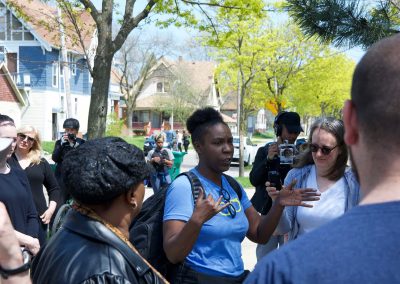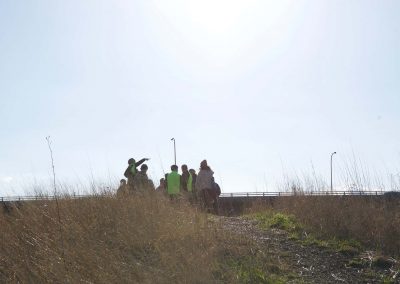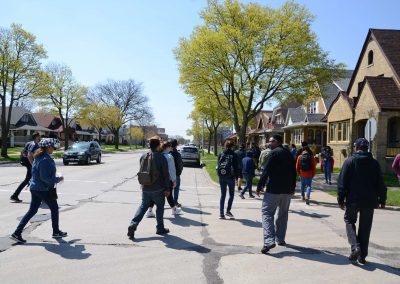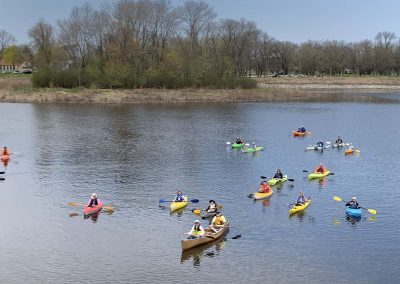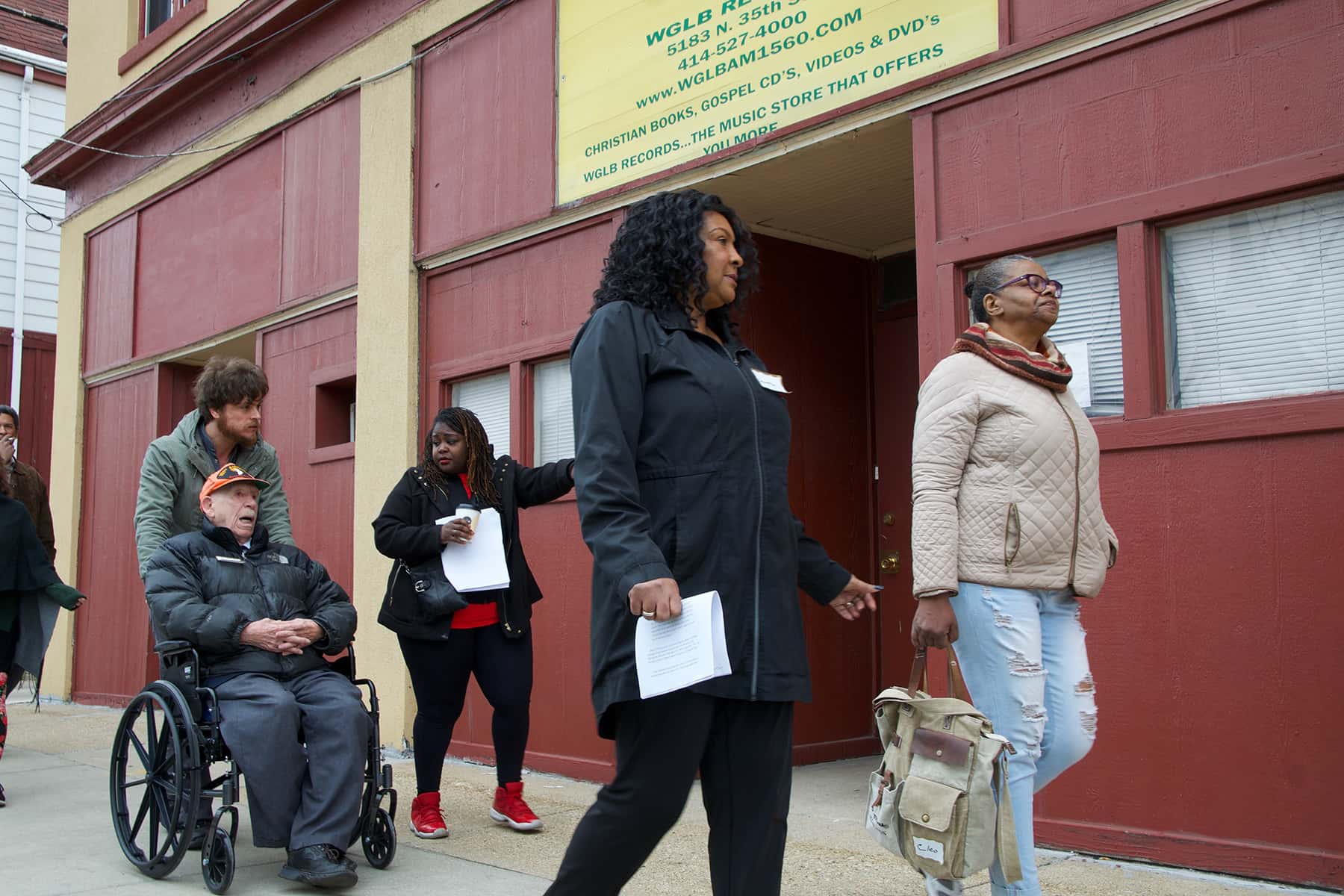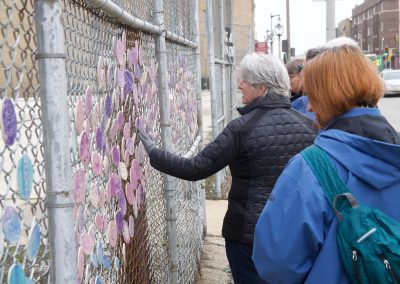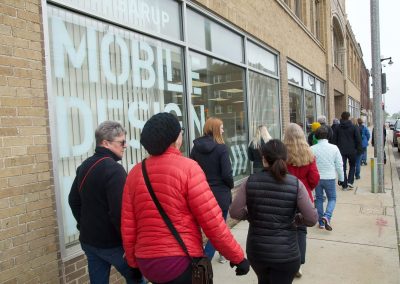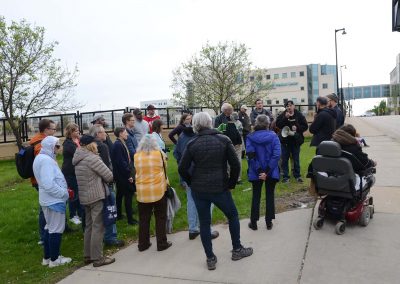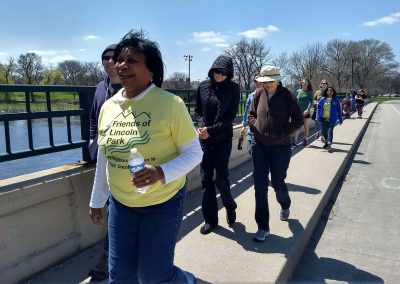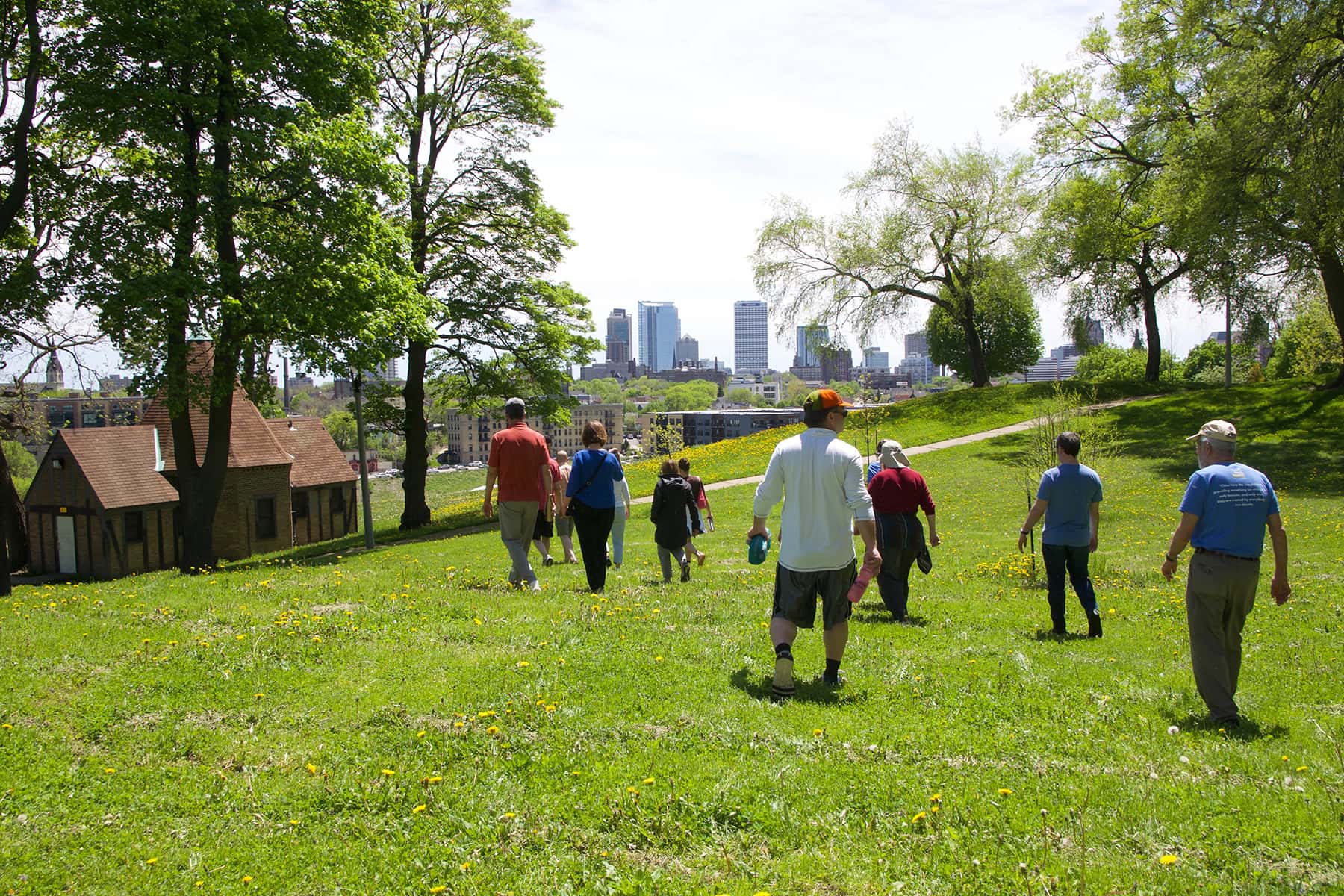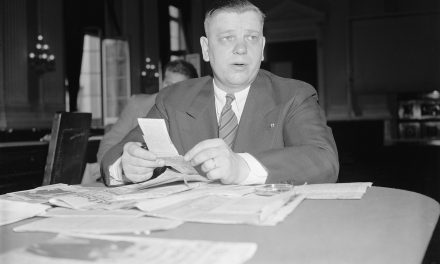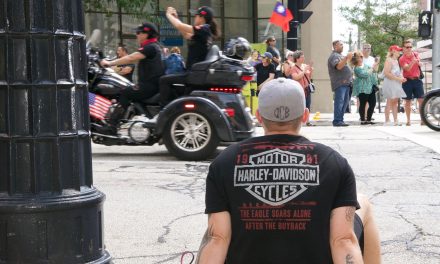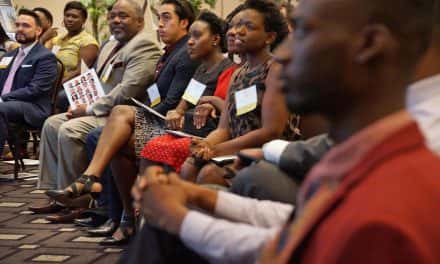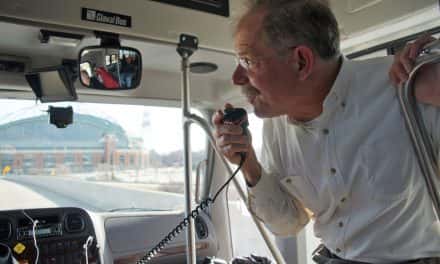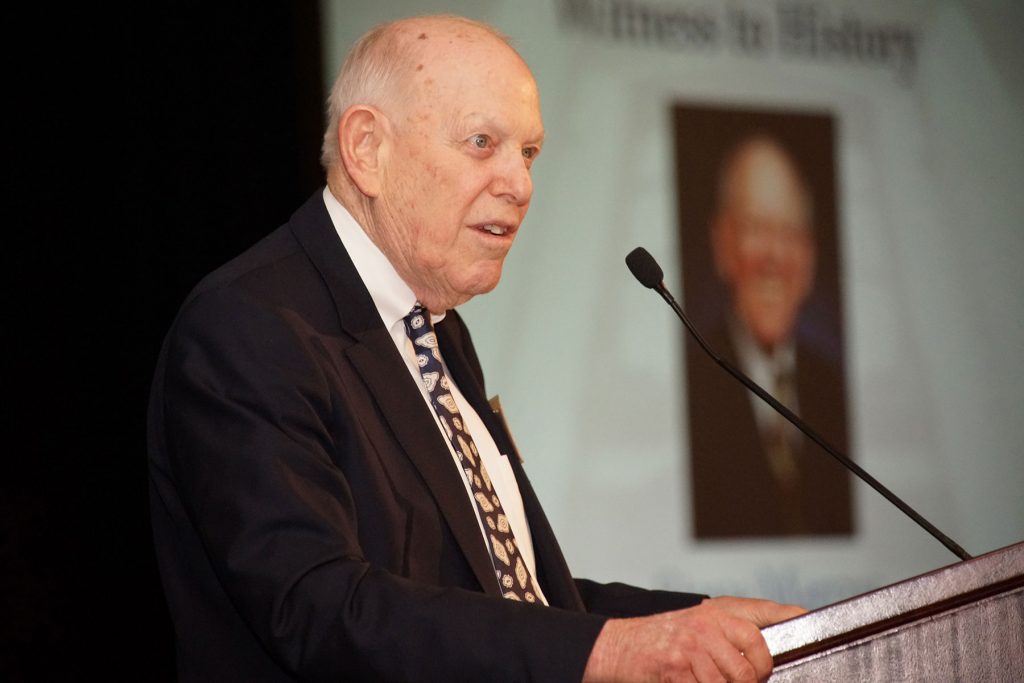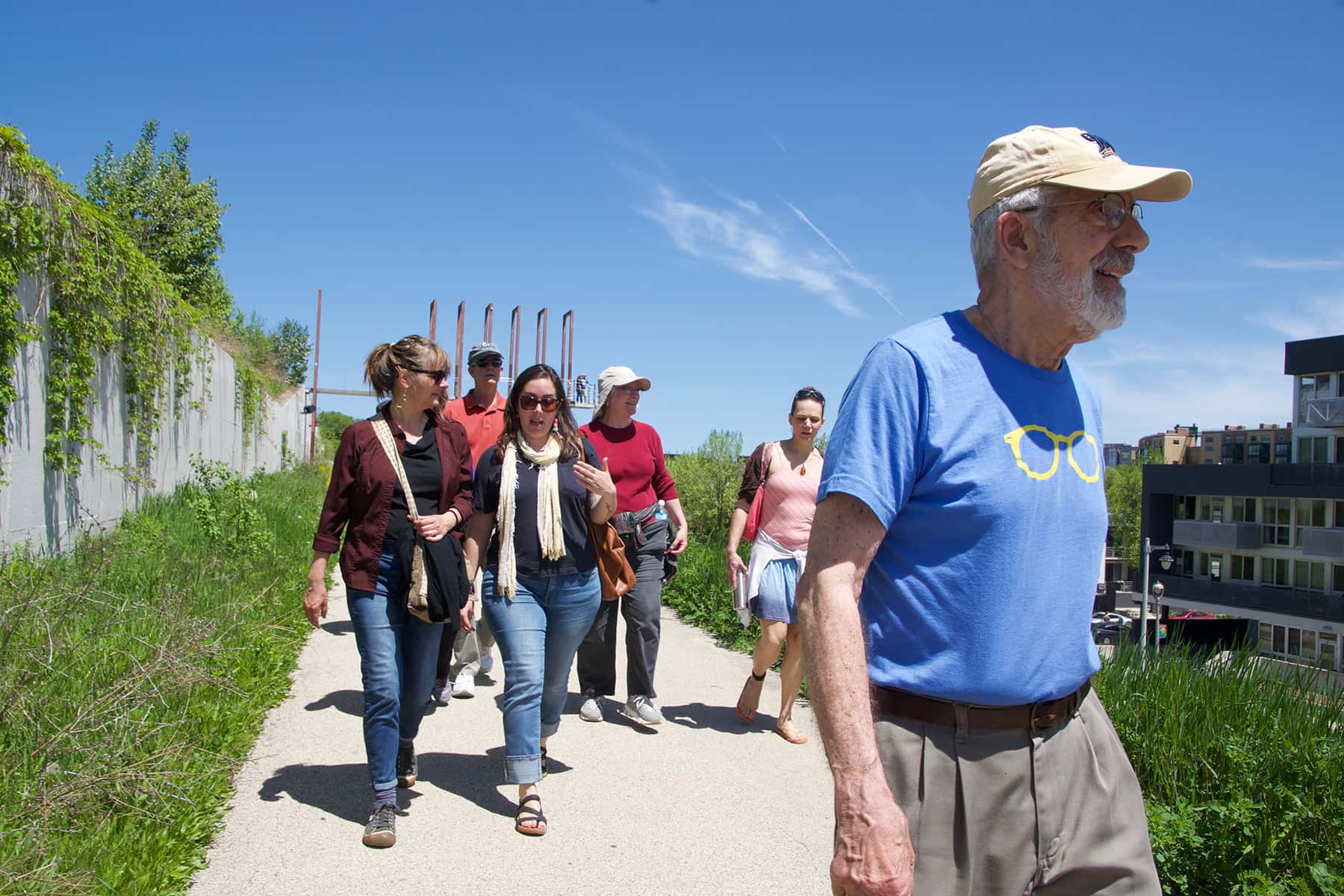
This May, Jane’s Walk MKE will celebrate its fifth year of exploring Milwaukee. With almost 90 walks, bikes and paddles under its belt, this Milwaukee Turners program is organizing its anniversary year with a bold, sharp purpose: to see the city in 20/20. Organizers are envisioning an even more purposeful month of seeing the city through two lenses: one of vision, another of revision. Beginning next month, individuals and organizations will have the chance to sign-up to lead walks, bikes, paddles and wheelchair rolls throughout the city to show participants their vision and revisions of the city. Explorations and community-building events will all focus on seeing and celebrating the successes of the city as well as considering what needs to be revised, changed, disrupted.
Milwaukeeans will join Jane’s Walks around the world to embody the legacy of urban activist Jane Jacobs with free, resident-led neighborhood explorations. In over 20 countries and 400 cities, people will see the places they live from new perspectives, see, if you will, through the celebrating and critical eyes of Jane Jacobs, who, for half a century, changed the way people approached the important task of city-building, believing it was not just urban planners that should do this, but every day residents like herself. “Cities,” she insisted, “have the capability of providing something for everybody, only because, and only when, they are created by everybody.”
JANE’S VISIONING & REVISIONING
It could be said that Jane’s eyes were opened when she began writing in 1952 for Architectural Forum, taking on assignments about urban planning and so-called “urban blight.” Her pattern of observing and critiquing, visioning and revisioning, began when she saw how huge, modern developments and “revitalization” projects had deleterious effects on community life, especially for poor African Americans. Jane observed how the freeways and expressways, bridges and tunnels, and massive public housing units overseen by Robert A. Moses and other modern urban planners were short-sighted, valuing expediency, cars, and architectural scale, instead of the human-scale, particularly the displacement of thousands of families and businesses. She began seeing things from the bottom-up instead of top-down.
It was in 1958, in her Fortune article “Downtown is For People,” that her observations began focusing on walking as a primary mode of seeing what is best for a city. Rather than imposing a vision and order upon a city, she said, we need to see the city through residents’ eyes, through their experiences: “You’ve got to get out and walk. Walk, and you will see that many of the assumptions on which the projects depend are visibly wrong. If you get out and walk, you see all sorts of other clues.
Why is the hub of downtown such a mixture of things? Why is a good steak house usually in an old building? Why are short blocks apt to be busier than long ones? It is the premise of this critique that the best way to plan for downtown is to see how people use it today; to look for its strengths and to exploit and reinforce them. There is no logic that can be superimposed on the city; people make it, and it is to them, not buildings, that we must fit our plans. This does not mean accepting the present; downtown does need an overhaul: it is dirty, it is congested. But there are things that are right about it too, and by simple old-fashioned observation we can see what they are.”
That same year, Jane joined forces with a coalition of organizations in her Greenwich Village neighborhood to oppose Robert A. Moses’ proposal to demolish Washington Park Square for a highway. This was vision turning into revision, the beginning of years of going head to head with the monolithic city planners of her day.
Her most famous mixture of vision and revision was her The Death & Life of Great American Cities, the book that introduced what she called “the sidewalk ballet,” based on her observations and experiences in Greenwich Village. She contrasted the vibrancy, attractiveness and safety of the Village’s complex, unplanned environment with the unwalkable, sterile urban renewal rising up around her.
In poetic prose unfamiliar to academic planners, she described a daily dance of launderers and butchers, barbers and mothers, longshoreman and executives, children and locksmiths – lives and lifestyles made possible by elements that are well-known parts of her urban planning repertoire. These included, among other things, small city blocks with a mix of new and old mixed-use buildings, plus a sufficient density of people that allowed for many “eyes on the street,” a natural surveillance that bolstered both community and safety.
Jane saw what existed in her neighborhood – and what worked – and saw the potential for revising what was happening in other parts of her city based on these visions.
YOUR VISIONING & REVISIONING
Jane’s Walk MKE asks, then, with its namesake Jane: In what ways can we–must we–see the city differently if we’re going to accomplish positive and healthy change for everyone? It is inviting individuals and organizations to show participants the city they see – and want to see – this May 2020.
In creating their walks, bikes, paddles or rolls through the city, interested parties should ask themselves: How will it help participants see the city anew? How might it both celebrate and critique? How could it encourage civic engagement and activism, idea-making and placemaking? Will it focus on revitalization, renewal, restoration? Will it disrupt the ways we see, think, act and interact with each other as we move through the city?
Perhaps a resident could lead a walk through a physically distressed neighborhood and share her vision for change. Another could lead a bike ride down a busy thoroughfare to investigate what needs to happen to increase bike safety. Yet another walk could celebrate the artistic renaissance downtown, another perform a walkability and safety audit of a particular neighborhood. Is there a kayak tour that needs to happen to highlight new conservation efforts, a wheelchair tour to investigate accessibility? Are there parks and playgrounds that need revisioning – or ones that have recently been revisioned? Business districts on the upswing or ones that need a boost? All of these and more could help us see and re-see the city more clearly – with 20/20 vision.
A “Movers & Shakers” launch party is being planned for May 1 at Turner Hall Ballroom to bring together “Movers,” or anyone who wants to explore the city, and “Shakers,” those who will be leading the explorations with their visions and revisions.
Jane’s Walk MKE encourages everyone to start thinking – and seeing – with Jane’s eyes. Individuals and organizations can start signing up now to lead explorations and become Community Partners at JanesWalkMKE.org.
© Photo
Dominic Inouye, David Thomas, and Eddee Daniel

